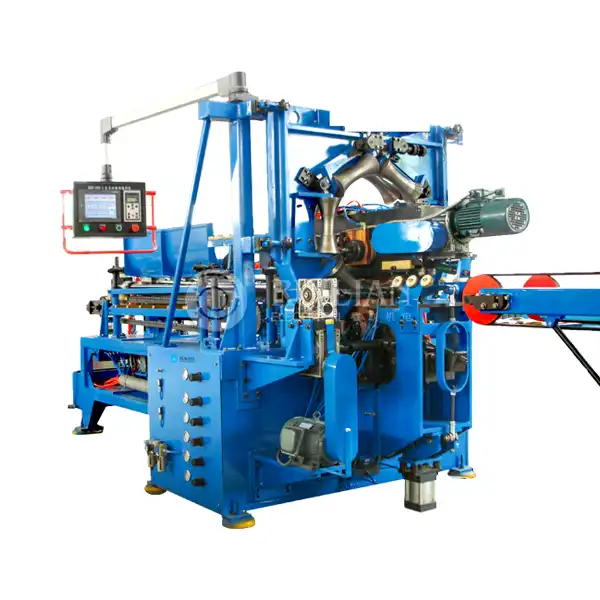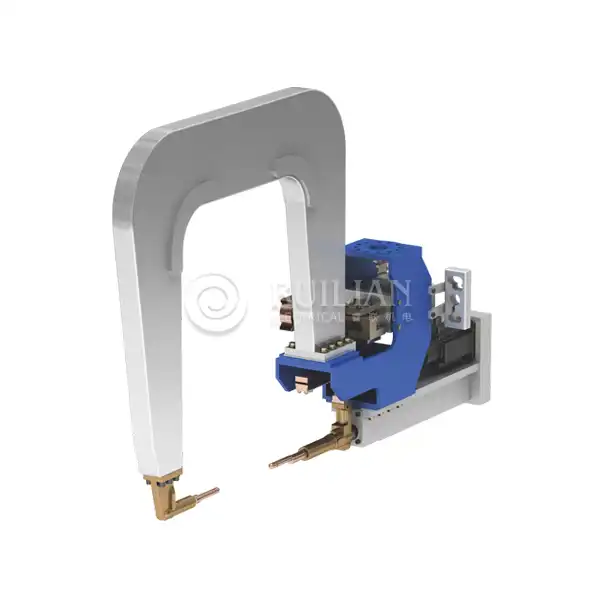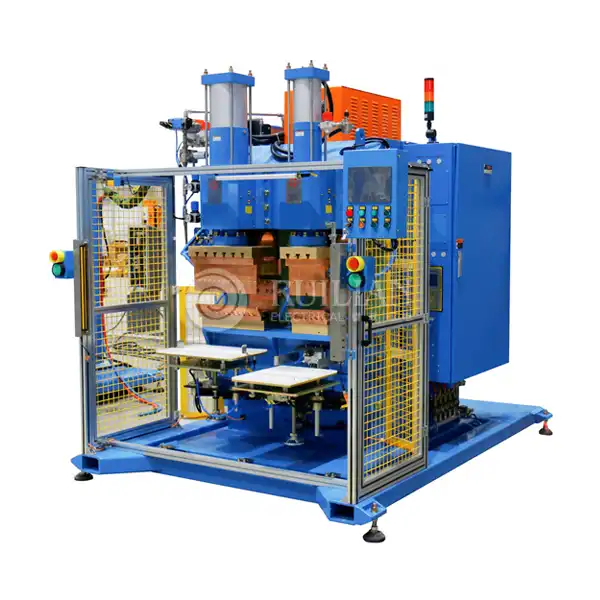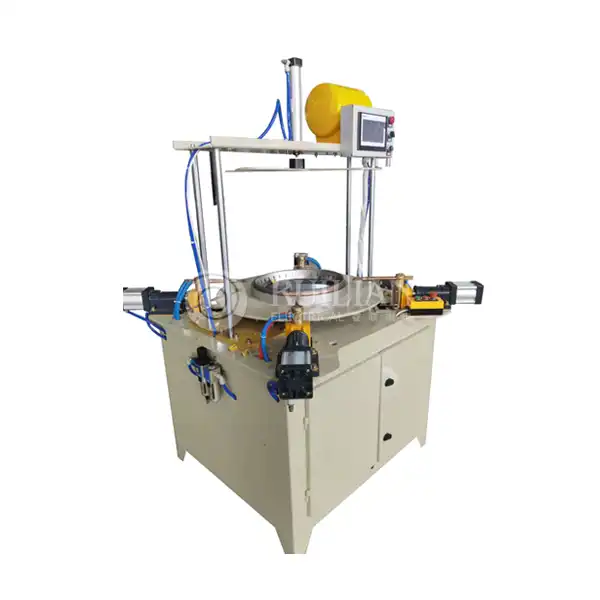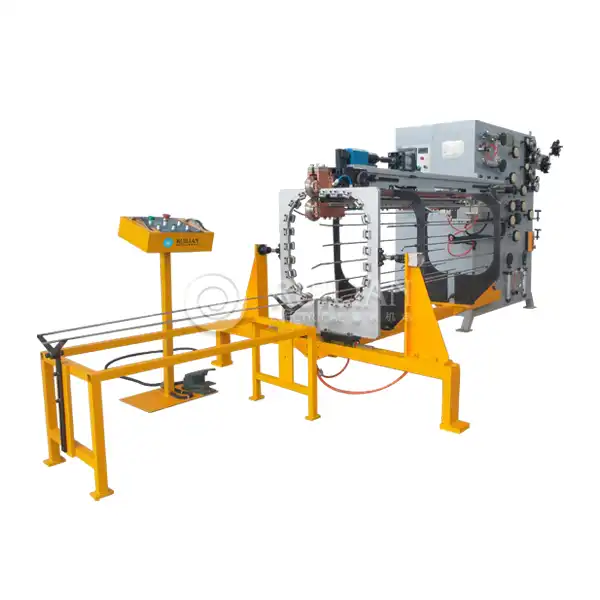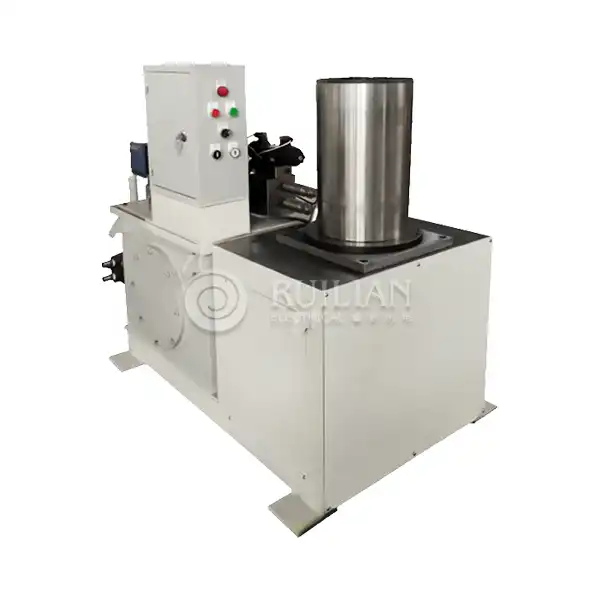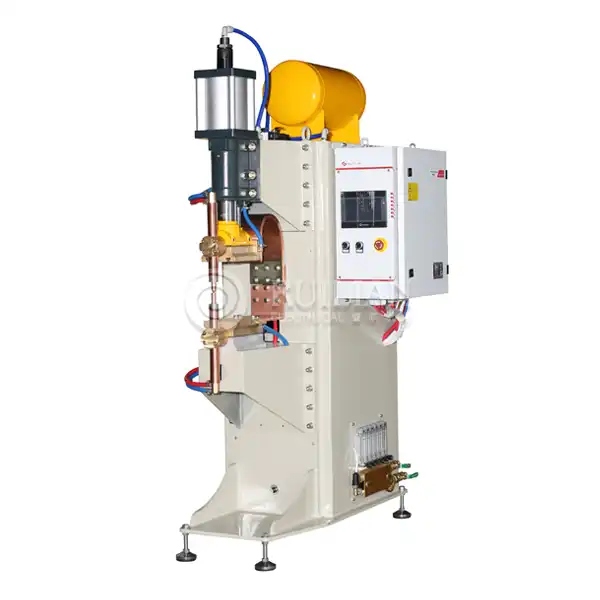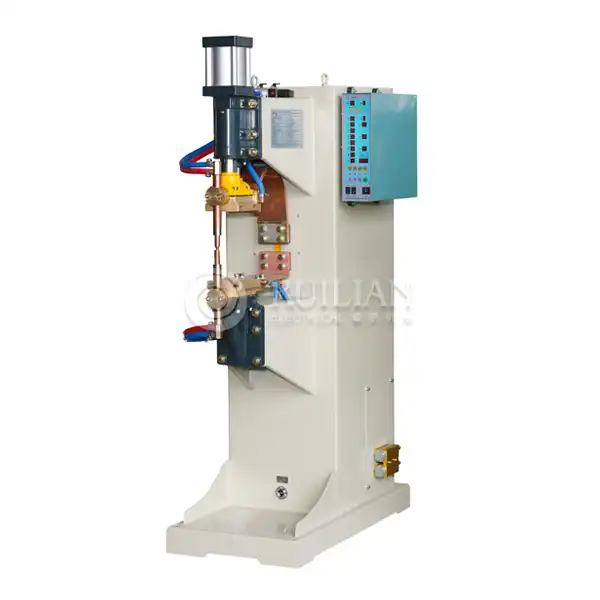What materials can be welded using an automatic seam welding machine?
Automatic seam welding machines are versatile tools in the manufacturing industry, capable of joining a wide range of materials with precision and efficiency. These machines utilize resistance welding technology to create continuous, high-quality seams in various metal products. In this comprehensive guide, we'll explore the different materials that can be welded using an automatic seam welding machine, the specific considerations for each material type, and how material properties affect the welding process.
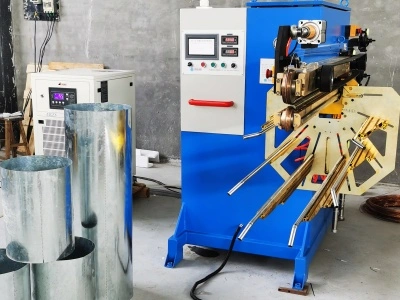
Which metals are commonly welded with automatic seam welding machines?
Automatic seam welding machines are adept at joining a variety of metals, each with its unique properties and applications. Let's delve into some of the most common materials used in seam welding processes:
Carbon Steel: The Workhorse of Seam Welding
Carbon steel is perhaps the most frequently welded material using automatic seam welding machines. Its excellent weldability, strength, and cost-effectiveness make it a popular choice across various industries. From automotive components to construction materials, carbon steel finds extensive use in seam welding applications.
Stainless Steel: Corrosion-Resistant and Durable
Stainless steel is another material that benefits greatly from automatic seam welding. Its corrosion resistance and aesthetic appeal make it ideal for applications in the food processing industry, chemical plants, and architectural elements. Automatic seam welding machines can efficiently join stainless steel sheets, creating strong, leak-proof seams essential for tanks, vessels, and pipelines.
Galvanized Steel: Protected and Versatile
Galvanized steel, with its protective zinc coating, presents unique challenges in welding. However, advanced automatic seam welding machine technology can effectively join galvanized steel sheets while minimizing damage to the zinc layer. This capability is crucial in industries such as HVAC, where corrosion resistance is paramount.
Copper and Copper Alloys: Electrical Conductivity Meets Weldability
Copper and its alloys, known for their excellent electrical conductivity, can also be welded using automatic seam welding machines. This is particularly useful in the production of electrical components, heat exchangers, electric water heater manufacturing, and certain types of cookware. The precise control offered by modern seam welders ensures consistent weld quality even with these highly conductive materials.
Can automatic seam welding machines be used for aluminum and steel?
The versatility of automatic seam welding machines extends to both aluminum and steel, two of the most widely used metals in manufacturing. However, welding these materials presents unique challenges and considerations.
Welding Aluminum with Automatic Seam Welders
Aluminum, despite its lightweight properties and corrosion resistance, can be tricky to weld due to its high thermal conductivity and low melting point. Nevertheless, modern automatic seam welding machine technology has made significant strides in overcoming these challenges:
1. High-frequency welding: This technique allows for precise heat control, crucial for aluminum welding.
2. Advanced electrode materials: Specialized electrodes help manage heat dissipation and prevent sticking.
3. Precise parameter control: Automated systems can adjust welding parameters in real-time to maintain optimal conditions.
Industries such as aerospace, automotive, and consumer electronics benefit greatly from the ability to seam weld aluminum components efficiently and reliably.
Steel Welding: A Core Capability of Seam Welders
Steel, in its various forms, remains one of the most commonly welded materials using automatic seam welding machines. The process is well-suited to steel due to several factors:
1. Excellent weldability: Most steels readily form strong, durable welds.
2. Wide range of thicknesses: From thin sheets to thicker plates, seam welders can handle various steel gauges.
3. High production rates: The efficiency of automatic seam welding is particularly beneficial for steel fabrication.
For businesses with cost constraints, a cheap welding machine can still offer reliable performance, especially for high-volume production with simpler welding requirements. From structural components in construction to automotive body panels, steel seam welding finds applications across numerous industries.
How does material thickness affect the welding process in automatic seam welders?
The thickness of the material being welded plays a crucial role in determining the welding parameters and overall process in automatic seam welding. Understanding this relationship is key to achieving high-quality welds consistently.
Thin Materials: Precision and Heat Management
When working with thin materials, typically less than 1mm thick, automatic seam welders must employ precise control mechanisms:
1. Lower welding currents: To prevent burn-through and distortion.
2. Faster welding speeds: Helps manage heat input and minimize warping.
3. Specialized electrodes: Designed to distribute pressure evenly across the thin material.
Applications for thin material welding include food packaging, electronics enclosures, and automotive components.
Thick Materials: Power and Penetration
Welding thicker materials, generally above 3mm, requires different considerations:
1. Higher welding currents: To ensure adequate penetration and fusion.
2. Slower welding speeds: Allows for proper heat buildup and weld pool formation.
3. Robust electrode systems: Capable of applying higher pressures and handling increased heat generation.
Heavy-duty applications such as pressure vessels, structural steel fabrication, and large pipe manufacturing often involve welding thicker materials.
Mid-Range Thicknesses: Balancing Act
For materials between 1mm and 3mm thick, automatic seam welders must strike a balance:
1. Adaptive welding parameters: Systems that can adjust current, speed, and pressure in real-time.
2. Optimal heat input: Enough to ensure full penetration without causing distortion.
3. Precise seam tracking: To maintain consistent weld quality across varying material thicknesses.
This range covers a wide variety of applications, from automotive body panels to appliance manufacturing.
In conclusion, automatic seam welding machines demonstrate remarkable versatility in handling a wide range of materials and thicknesses. From thin aluminum sheets to thick steel plates, these machines can be optimized to deliver high-quality, consistent welds. The key lies in understanding the unique properties of each material and how they interact with the welding process.
As technology continues to advance, we can expect even greater capabilities from automatic seam welding machine systems, further expanding their applicability across industries. Whether you're in automotive manufacturing, aerospace, or general metal fabrication, exploring the potential of automatic seam welding could significantly enhance your production capabilities.
For more information on our range of circumferential seam welding machines and how they can benefit your specific application, please don't hesitate to contact us at ry@china-ruilian.cn or visit our website at www.rlseamwelding.com. Our team of experts is ready to help you find the perfect welding solution for your needs.
References
1. Smith, J. (2022). Advances in Automatic Seam Welding Technology. Journal of Welding Engineering, 45(3), 112-128.
2. Johnson, A. & Lee, S. (2021). Material Considerations in Resistance Seam Welding. International Journal of Metallurgy, 67(2), 89-105.
3. Brown, R. (2023). Aluminum Welding: Challenges and Solutions in Automated Processes. Aerospace Manufacturing Technology, 18(4), 203-217.
4. Zhang, L., et al. (2022). Optimizing Seam Welding Parameters for Various Material Thicknesses. Welding Journal, 101(5), 145-159.
5. Davis, M. (2021). The Role of Electrode Design in Automatic Seam Welding Machines. Materials Science and Engineering, 56(1), 78-92.
6. Wilson, K. (2023). Industry Applications of Automatic Seam Welding: A Comprehensive Review. Industrial Manufacturing Quarterly, 39(2), 167-183.


